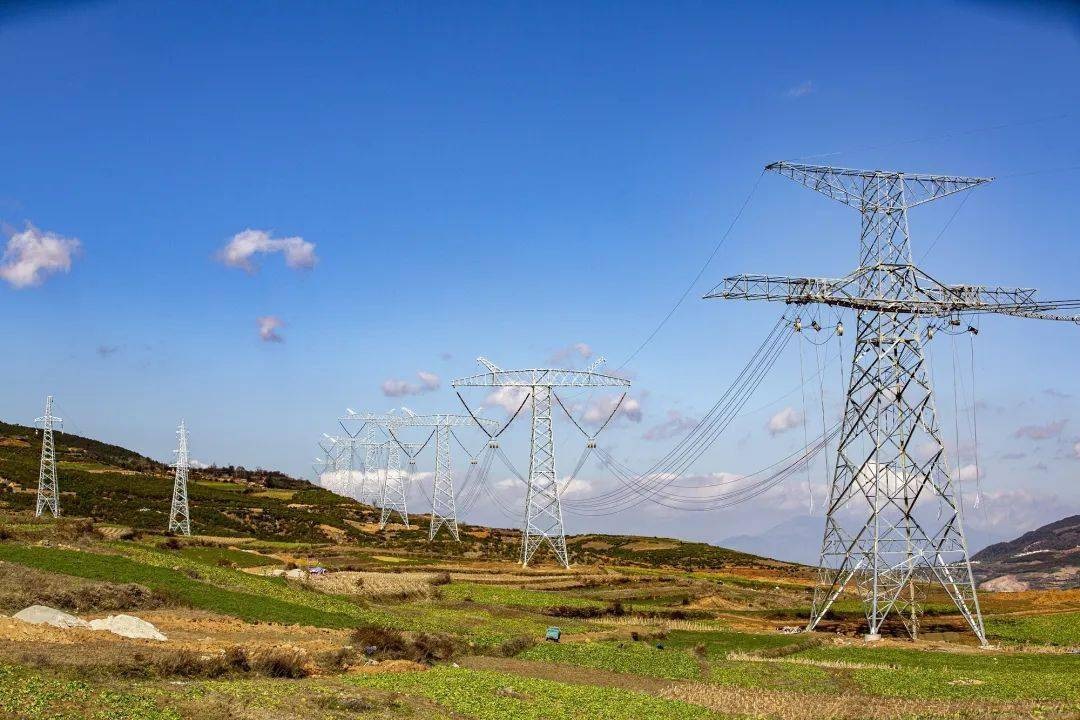
In May 2025, the United Nations released the Mid-Year Update of the World Economic Situation and Prospects 2025, sounding the alarm on the state of the global economy. The report projects that global economic growth will slow to 2.4% in 2025, a notable decline from 2.9% in 2024. This data underscores the complex and precarious situation the world economy currently faces.
The ambiguity surrounding trade and economic policies looms over the global economy like the Sword of Damocles. Persistent trade frictions among countries and the resurgence of protectionism, manifested through the frequent imposition of tariff and non-tariff barriers, have severely strained the global trading environment. This uncertainty has made it difficult for businesses to formulate long-term strategies. To mitigate risks, companies are deferring or scaling back key investment decisions. Many multinational corporations have suspended new overseas investment projects and put on hold plans to expand production lines, which has directly reduced the efficiency of global supply chains and sapped the momentum for economic growth.
Geopolitical upheaval further exacerbates the instability of the global economy. Continuous conflicts and tense political situations in certain regions not only devastate local economies but also disrupt the global supply of crucial resources such as energy and food, sending prices into flux. For instance, conflicts in major oil-producing regions have caused sharp fluctuations in international oil prices, increasing production costs for enterprises. This, in turn, has fueled inflationary pressures and further dampened consumer and investment demand.
High debt levels and sluggish productivity growth have emerged as two major obstacles hindering global economic development. In the wake of the COVID-19 pandemic, many countries implemented extensive fiscal stimulus measures to jumpstart their economies, resulting in a sharp increase in government debt. The heavy debt burden has limited governments' ability to conduct economic regulation and provide public services, narrowing the scope for effective fiscal policies. Meanwhile, bottlenecks in technological innovation have stalled productivity growth, making it difficult to create new engines for economic expansion. Although emerging technologies such as artificial intelligence and big data have driven the development of some industries to a certain extent, they have yet to achieve comprehensive and revolutionary breakthroughs that could provide sufficient impetus for economic growth.
No economies, whether developed or developing, have been spared from these challenges. The growth of the U.S. economy is projected to decelerate from 2.8% in 2024 to 1.6% in 2025. The Federal Reserve's prolonged policy of maintaining high interest rates, while curbing inflation to some degree, has significantly suppressed consumption and investment. This has had a substantial impact on the real estate market and corporate credit market. In the European Union, GDP growth is expected to remain at a meager 1% in 2025. The bloc grapples with multiple challenges, including the energy crisis, refugee issues, and uneven economic development among member states, casting a shadow over its economic recovery prospects.
China's economic growth is forecast to slow to 4.6%. Despite the decline, the economy has maintained relative stability. China has actively promoted industrial upgrading and innovation-driven development strategies, achieving remarkable results in sectors such as new energy and high-end manufacturing, which have injected new vitality into economic growth. Moreover, its vast domestic market and continuously improving infrastructure provide a solid foundation for stable economic development.
Growth outlooks for other major developing economies, including Brazil, Mexico, and South Africa, have also been revised downward. These countries face issues such as weak external demand and prominent domestic structural contradictions. India, with its growth forecast lowered to 6.3% in 2025, still leads the pack in terms of growth rates among major economies. Leveraging its large demographic dividend and rapidly growing digital economy, India has demonstrated strong potential in sectors like software services and e-commerce. However, issues such as inadequate infrastructure and a wide wealth gap pose constraints to its further economic development.
Confronted with the arduous situation of sluggish growth, countries must enhance policy coordination and cooperation to jointly address these challenges. In the realm of trade, efforts should be made to actively promote the reform and improvement of the multilateral trading system, reduce trade barriers, and facilitate global trade liberalization. Regarding macroeconomic policies, each country should adjust its fiscal and monetary policies according to its economic conditions, ensuring economic stability while properly managing debt. Additionally, increasing investment in scientific and technological innovation, promoting industrial upgrading, and restructuring to foster new economic growth drivers are crucial for the global economy to extricate itself from the current predicament. Despite the numerous challenges, if countries work hand in hand and respond proactively, there is hope to turn the crisis into an opportunity and achieve sustainable economic recovery and development on a global scale.

報告顯示,中國電力投資加速增長,預計2024年電網基建投資將超過5300億元。
近日,市場迎來了一則引人注目的消息:工業巨頭3M公司(MMM.N)在本周五公布了其季度業績報告,隨後股價飆升至近兩年來的
最近,外媒給OpenAI算了筆賬,今年可能要血虧50億美元。
近日,巴黎奧運會和世界鐵人三項協會聯合發布了一項重大決定,宣布因塞納河水質污染問題,原定於近期進行的奧運會鐵人三項首次下
當地時間7月18日,法國巴黎發生了一起令人震驚的持刀襲警事件。
近期,一則重大消息在國際舞臺上引起軒然大波,馬來西亞宣布加入金磚國家。
調查發現,互聯網和智能手機的使用幹擾了韓國近五分之一學生的生活。